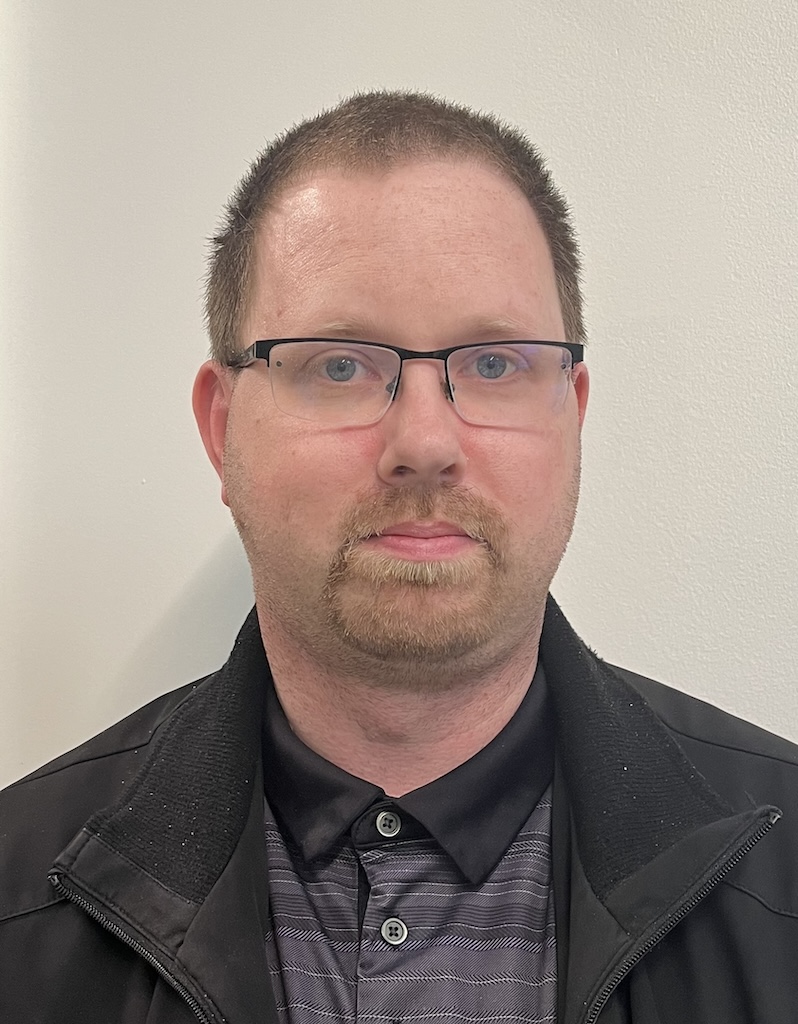Additive manufacturers stretch capabilities with digitalization, motion control
Additive manufacturers are expanding and enhancing their reach beyond the printing concept and leveraging their expertise and the potential digital technologies provide.
Learning Objectives
- Learn about what additive manufacturers displayed and showcased at Rapid + TCT.
- Understand how the industry is changing and what this means for industrial manufacturers.
Additive manufacturing insights
- Additive manufacturers are emphasizing more than selling printers; they want to have control of the entire process from end to end.
- Digital twins and digital transformation can help additive manufacturers improve their quality control and make products that are better and more durable.
Additive manufacturing (AM) and other 3D printing technologies advances were showcased at Rapid + TCT, an exhibition and conference sponsored by SME, at McCormick Place in Chicago. Additive manufacturing, which involves the construction of a 3D object from a computer-aided design (CAD) model or a digital reconstruction, has gone through many evolutions over the past several years. Improvements continue in the types of materials used, and researchers from all over keep making new composites designed to be sturdier, stronger and more durable. Like other manufacturing industries, they continue evolving. That’s not new.
What was new at Rapid — and falls in line with other industries — is how additive manufacturers are trying to better control of the lifecycle process including materials, design, creation and integration. It’s not enough to make the composite anymore or sell the printer. They want to be involved in the entire process and become a partner with their customers and provide services as well as solutions.
“We want to be a full-end business and provide end-to-end design for our customers,” said Rich Stephenson, AM business development at Siemens. “Whether it’s physically or digitally, we want to give consumers the full digital thread.”
He also mentioned the Charlotte Advanced Technology Collaboration Hub (CATCH), located in Charlotte, North Carolina, which serves as an ecosystem and a place where people can see how the process works and make it less abstract.
“We want them to use our equipment and let them get their hands dirty,” he said.
David Lakatos, chief product officer for Formlabs, described their production process as more about ensuring they control all aspects of the products they are making.
“We’re about more giving more access to those who make physical products in a professional sense,” he said. “That’s important to us because we want to work with people who are professionals and are serious about this and want to improve.”
Formlabs’ Form 3+ Basic Package 3D printer was designed for the engineer looking to mass-produce items they might need for day-to-day operations. They also provide more than 30 types of resins, and the printing process is proprietary, according to Lakatos, as part of their large-scale plan to produce thousands of machines for their consumers because they are small and portable, which was a contrast from the much larger machines commonly on display at Rapid.

Figure 1: The Form 3+ Basic Package 3D printer by Formlabs was designed for the engineer looking to mass-produce items they might need for day-to-day operations. Courtesy: Chris Vavra, CFE Media and Technology
Enhance additive manufacturing with digital twins, digital transformation
Lumafield wasn’t the only company demonstrating digital technologies at Rapid, but its emphasis on using digital representation was among the strongest.
Austin Corder, content marketing generalist for Lumafield, explained how an X-ray scans the part while spinning to produce thousands of images to create a representation of the model, which is reconstructed through an algorithm to a 3D model. He demonstrated a Lithium-ion (Li-Ion) battery reconstructed through this model.
“It’s about safety to scan,” Corder said. “We went to ensure all layers are exactly right, so there aren’t any gaps.”
If there are unintended gaps during the printing process, the algorithm will help them find the gaps so they can be filled in, Corder said.
“It’s aimed at fixing the supply chain, and the beauty of this process is you can use reverse engineering to find the problems and also use it to reshore products they might not have access to,” Corder said.

Figure 2: Lumafield uses an X-ray scanner while spinning a part to produce thousands of images to create a representation of the model, which is reconstructed through an algorithm to a 3D model. Courtesy: Chris Vavra, CFE Media and Technology
Andy Stults, senior sales application engineer at Nikon Metrology, discussed a similar process when it comes to quality inspection. “You can scan and reverse engineer a part and make a surface, and then you can make a part from this.”
He also said they can find the voids in the process, which might result in a weakened internal structure, and seeing this allows the company to integrate its offerings into some automation solutions.
Cindy Kutchko, additive manufacturing director for PPG, said they use digital twins and modeling to help improve the precision and quality of its products. This is especially important because many of PPG clients are in the aerospace industry, which requires absolute precision. Even a tiny mistake can lead to serious injury or death. Creating a digital model helps in that journey.
“We want to improve productivity and ensure the product reaches peak performance,” she said.
The race to efficiency and reduced costs is not new, and additive manufacturers can help in their own unique way in making the supply chain a better and more streamlined system.
Chris Vavra, web content manager, CFE Media and Technology, cvavra@cfemedia.com.
Keywords: Additive manufacturing, supply chain management
ONLINE
See additive manufacturing stories at https://www.plantengineering.com/supply-chain/additive-manufacturing/
CONSIDER THIS
What role does additive manufacturing play in your facility?
Do you have experience and expertise with the topics mentioned in this content? You should consider contributing to our CFE Media editorial team and getting the recognition you and your company deserve. Click here to start this process.



